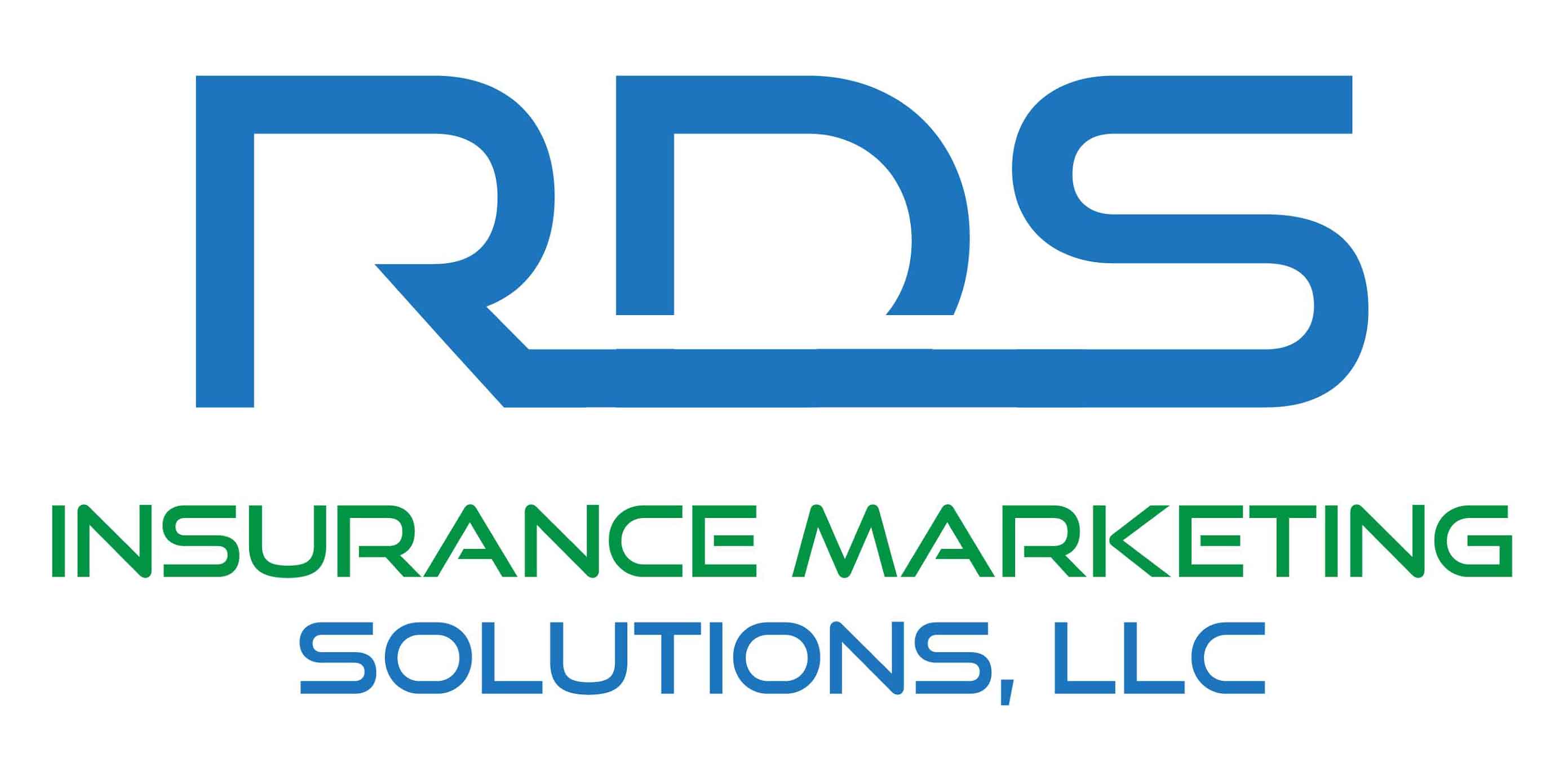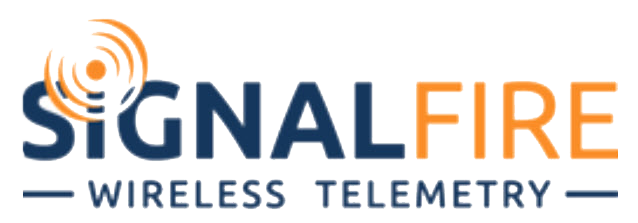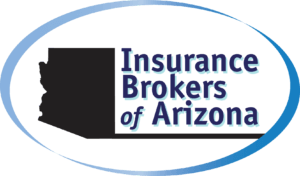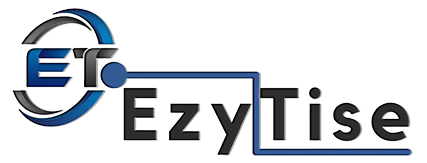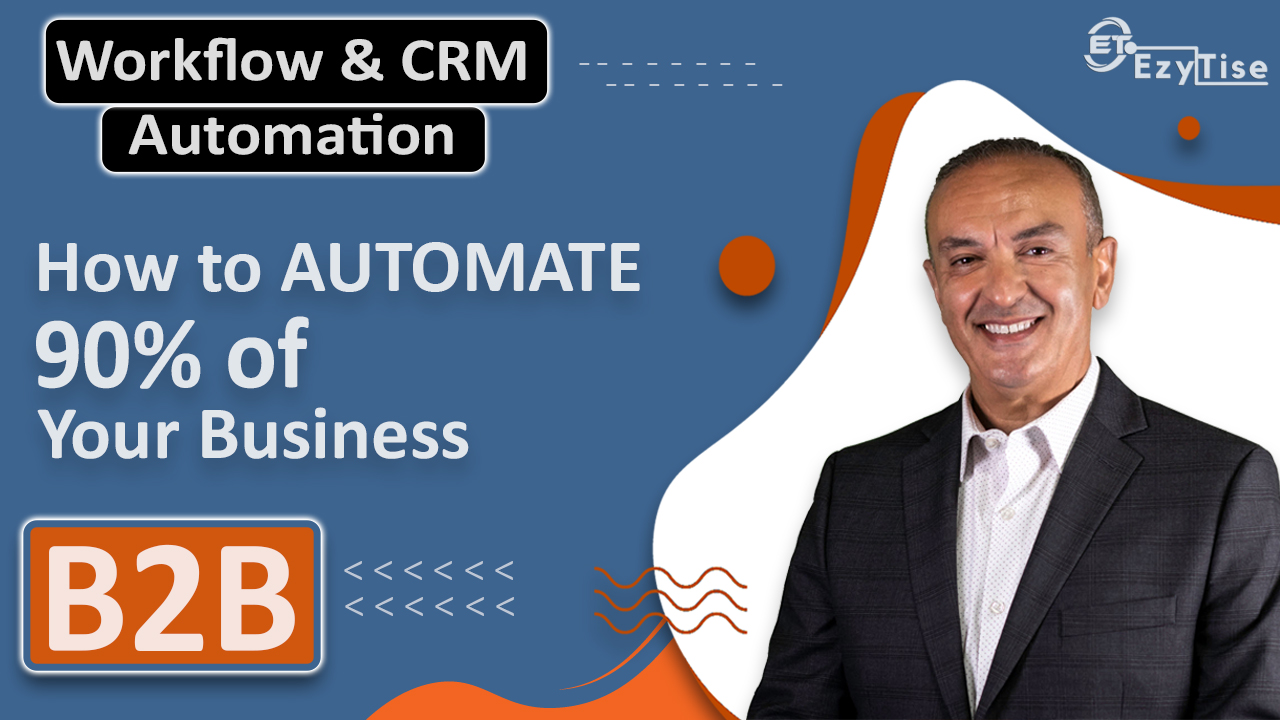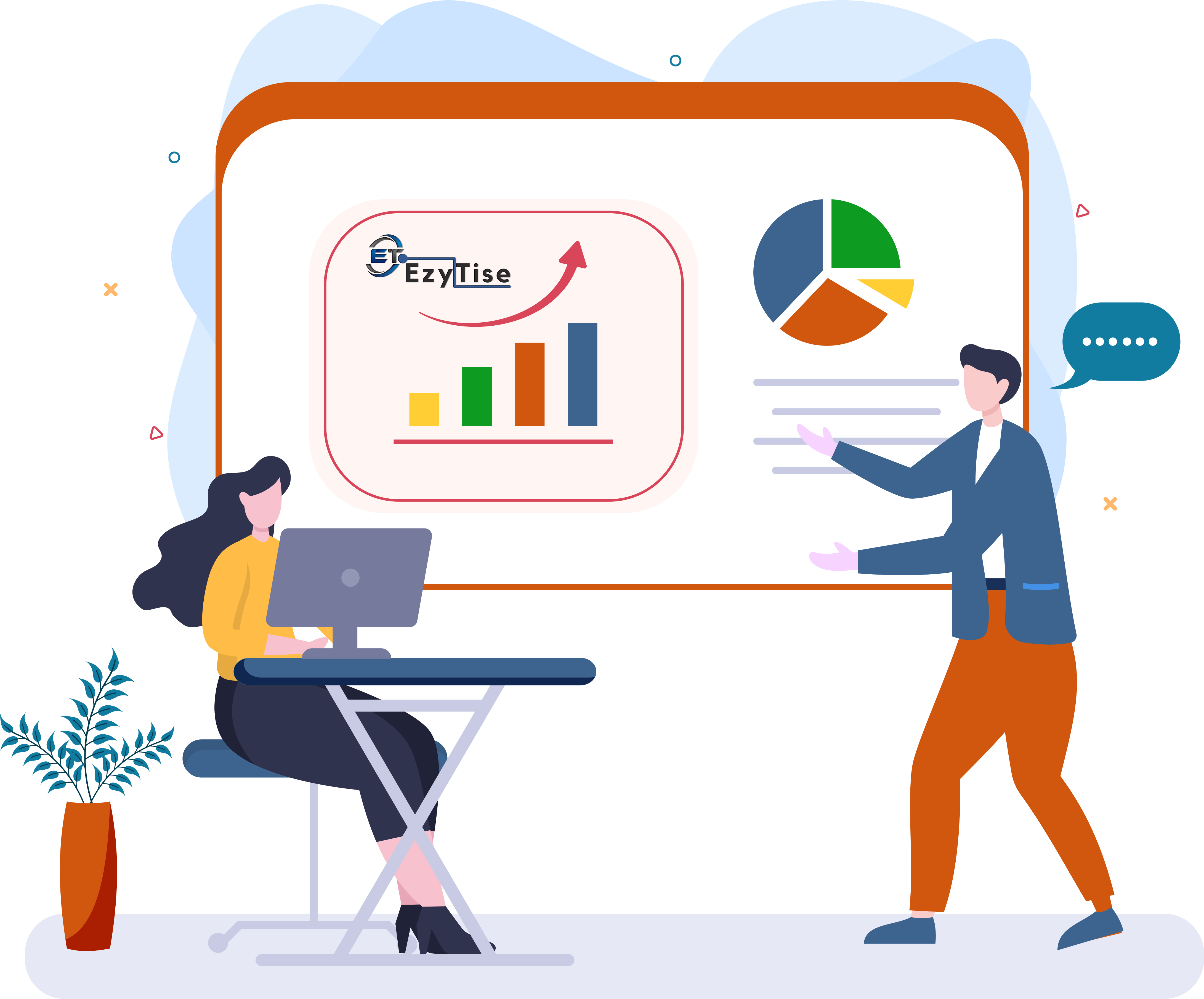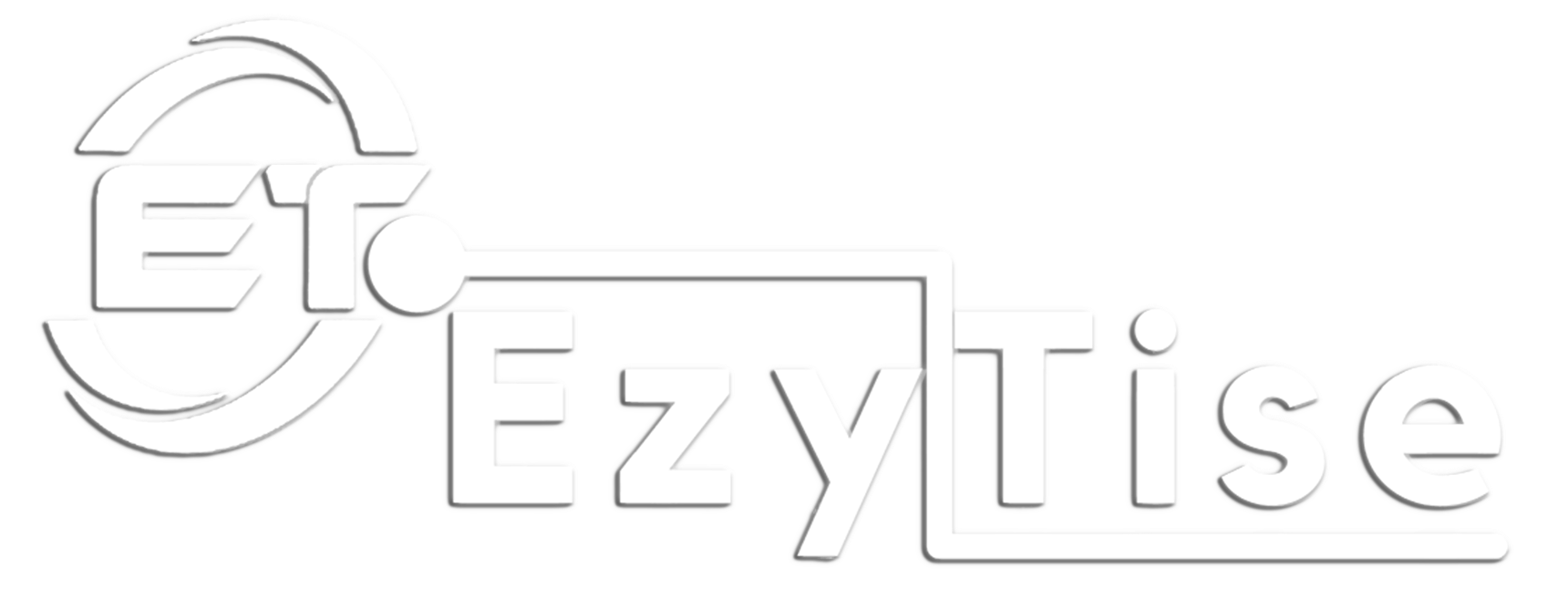Watch This Video To Learn More About How To INCREASE YOUR B2B ROI on AUTO-PILOT - Click Here
B2B Workflow & CRM Automation Blog

B2B Speed-To-Lead Matter
"Artificial intelligence and generative AI may be the most important technology of any lifetime.”
— Marc Benioff, chair, CEO, and co-founder, Salesforce
According to McKinsey, 40% of C-suite executives anticipate spending more on AI in the coming year. That’s because businesses need to begin implementing their own AI strategies at lightning speed. How are successful companies going to manage this rapid adoption cycle?
The Importance of Speed to Lead in B2B Outreach
In the competitive landscape of B2B sales, where every lead counts, the speed at which a sales team responds to potential prospects can make all the difference between success and missed opportunities. In this article, we'll delve into why speed to lead is paramount in B2B outreach and how it can significantly impact sales outcomes.
Introduction to Speed to Lead in B2B Outreach
Before delving into its importance, let's first understand what "speed to lead" means in the realm of B2B outreach. Speed to lead refers to the time it takes for a sales representative to respond to a lead or inquiry from a potential customer. It encompasses the entire process from the moment a lead expresses interest to the moment they are contacted by a salesperson.
Importance of Speed to Lead in B2B Sales
Explanation of Speed to Lead
Speed to lead is not just about being the first to reach out; it's about being timely and proactive in engaging with prospects. Research indicates that the longer it takes for a salesperson to respond to a lead, the less likely that lead is to convert into a sale. This principle holds true across various industries, including B2B sales.
Significance in B2B Sales Organizations
For B2B sales organizations, where the sales cycle can be longer and more complex, the importance of speed to lead is amplified. In a competitive market, businesses that can quickly and effectively engage with potential clients gain a significant advantage over those that are slower to respond.
Statistics Highlighting the Importance
To underscore the significance of speed to lead in B2B outreach, let's take a look at some compelling statistics:
80% Decrease Odds of Qualifying Leads: According to Vendasta, the odds of qualifying a lead decrease by 80% if the lead is not contacted within the first five minutes.
10X Less Likely to Have Leads Respond: Research shows that leads are 10 times less likely to respond if they don't hear back from a sales representative within the first five minutes of expressing interest.
73% of Leads Never Get Followed Up With: Shockingly, InsideSales reports that a staggering 73% of leads never receive any form of follow-up from sales teams.
30% of Prospects Go to Competitor if Not Contacted: Website Builder found that 30% of prospects will go to a competitor if they are not contacted promptly by a sales representative.

Strategies to Improve Speed to Lead
Given the compelling statistics, it's clear that improving speed to lead should be a top priority for B2B sales organizations. Here are some strategies to achieve this:
Utilizing Automation Tools: Implementing automation tools such as chatbots and email autoresponders can help acknowledge leads instantly and initiate the sales process.
Implementing Immediate Response Systems: Establishing protocols for immediate response to inbound inquiries ensures that no lead is left waiting for a follow-up.
Prioritizing Lead Engagement: Training sales teams to prioritize lead engagement and providing them with the necessary resources to respond promptly can make a significant difference.

Conclusion
In conclusion, speed to lead plays a critical role in the success of B2B outreach efforts. By responding promptly to leads and prioritizing timely engagement, businesses can increase their chances of converting prospects into loyal customers. In today's fast-paced digital environment, speed is not just an advantage; it's a necessity for staying ahead of the competition.
FAQs
Why is speed to lead important in B2B sales? Speed to lead is important because it significantly impacts the likelihood of converting leads into customers. The faster a sales team responds to a lead, the higher the chances of closing a deal.
How can B2B organizations improve their speed to lead? B2B organizations can improve their speed to lead by implementing automation tools, establishing immediate response systems, and prioritizing lead engagement within their sales teams.
What are the consequences of not prioritizing speed to lead? Not prioritizing speed to lead can result in missed opportunities, decreased conversion rates, and ultimately, lost revenue for B2B organizations.
What role does technology play in enhancing speed to lead? Technology, such as automation tools and CRM systems, streamlines the lead management process and enables sales teams to respond to inquiries promptly, thus improving speed to lead.
How can businesses measure the effectiveness of their speed to lead efforts? Businesses can measure the effectiveness of their speed to lead efforts by tracking metrics such as response time, lead conversion rates, and customer acquisition costs.
Sales & Marketing Automation System
Grow Your Business On AUTO-PILOT With Our
WORKFLOW & CRM AUTOMATION

We Are Your Sales & Marketing Automation Experts
Founder & CEO of EzyTise
Our revolutionary Sales and Marketing Automation System has helped many sales oriented organizations and local small businesses like yours grow their sales revenue exponentially by efficiently managing their Leads Nurture and prospecting effort achieving a higher ROI towards new customers acquisition.
- All-In-One CRM Platform with built-in marketing campaign sequences
- 2-Way SMS and eMail marketing campaigns with automated responses
- Sales Funnels, Websites, Tracking, Conversions, Re-Targeting,,, more.
Our objective is to help you implement sales & marketing automation initiatives, strategies to take your business revenue and profits to the next level using our Software.




